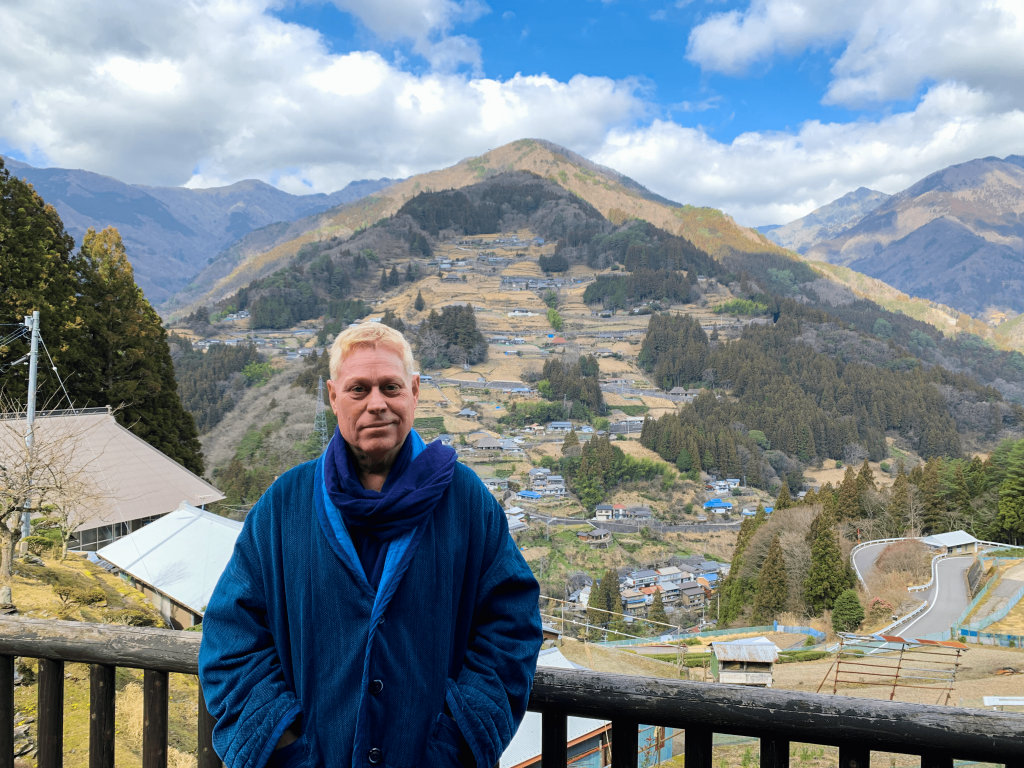“Who needs me?” asks Alex Kerr.
His question hangs suspended in the crackling virtual air before he moves to break the silence. “Disneyland really doesn’t. Osaka doesn’t either,” he says. “But Iya Valley desperately does. As does the island of Ojika… it’s life and death if I go to them or not. And when I say ‘me,’ I mean ‘you’ – that is, everyone who’s thinking of traveling somewhere.”
This is a central pillar of Kerr’s new philosophy of tourism, and the question – Who needs me? – perhaps best sums up where Japanese tourism faltered during the past decade and where it may course correct over the next.
As Japan’s inbound tourism figures grew year-on-year between 2012 and 2019 – peaking at 32 million annual visitors – it suffered the same fate as the rest of the overtouristed world. Bus lots regurgitated hordes into urban centers and sprawling theme parks, temple courtyards and ancient villages were jammed with Instagrammers and tatty souvenir stalls, while museum exhibits became so swarmed with visitors you needed a set of binoculars to see the artworks.
While the affected destinations at least received the financial spoils of this influx, tourism is not a rising tide that raises all boats. Some are conspicuously left to sink. And those, asserts Kerr, are the ones that need you.
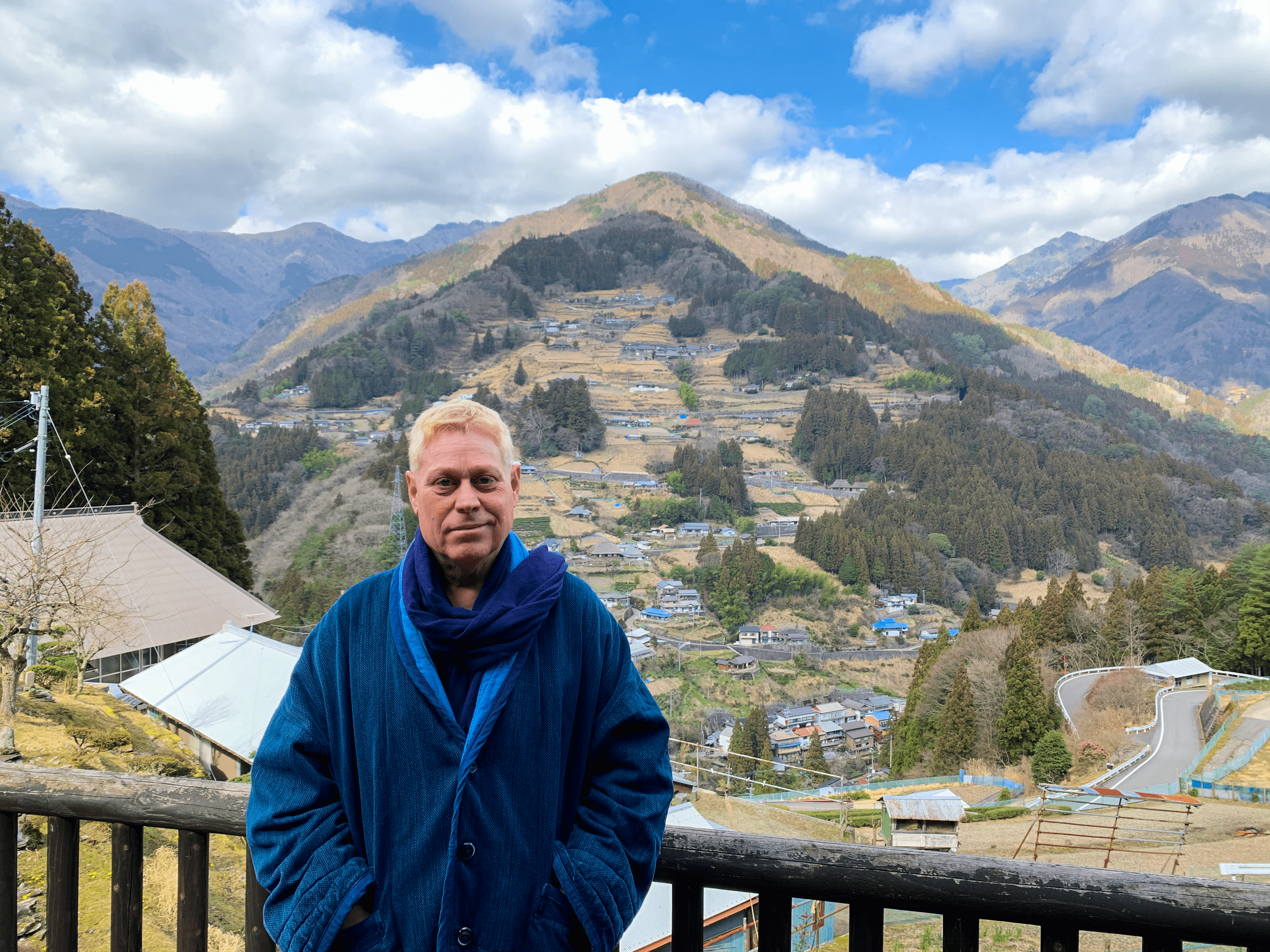
When Kerr, an American-born Japanophile and author, first started writing about tourism in Japan it was an entirely different beast. In his book Dogs and Demons, first published in English in 2001, Kerr slammed Japan’s inability to attract foreign visitors, attributing this to the degradation of historic cities and the concreting of the countryside.
Following a decade of no growth at the beginning of the 21st century, however, Japan saw inbound tourism as the great panacea to all its economic woes, and thus began to promote it aggressively. During this time it founded the Japan Tourism Agency (JTA) to work alongside its main tourism arm, the Japan National Tourism Organization (JNTO), in developing a “tourism nation.” This coincided with cheaper international airfare and growing middle classes and disposable incomes across Asia, from where most travelers to Japan originate.
In hindsight, the resulting overtourism should have come as little surprise; from Dubrovnik to Venice to the summit of Mount Everest, the world was full of cautionary tales. These tales also prove unregulated tourism is not an exclusively Japanese problem. Nor is it solely a product of modernity.
In The Honorable Visitors, author Donald Richie noted that in the late 1800s Japan was already promoting what we now call the “Golden Route,” running along the Pacific coast from Tokyo to Kansai. Though it was then known as the Tokaido highway, that Japan has been showcasing the same sliver of the country for 150 years speaks to the genesis of pre-pandemic tourist congestion.
“It restricts the benefits to those areas,” says Richard Sharpley, a visiting professor of tourism at Wakayama University. “But it also causes huge problems in those areas… There doesn’t seem to be any organization in terms of spreading the benefits of tourism around the country.”
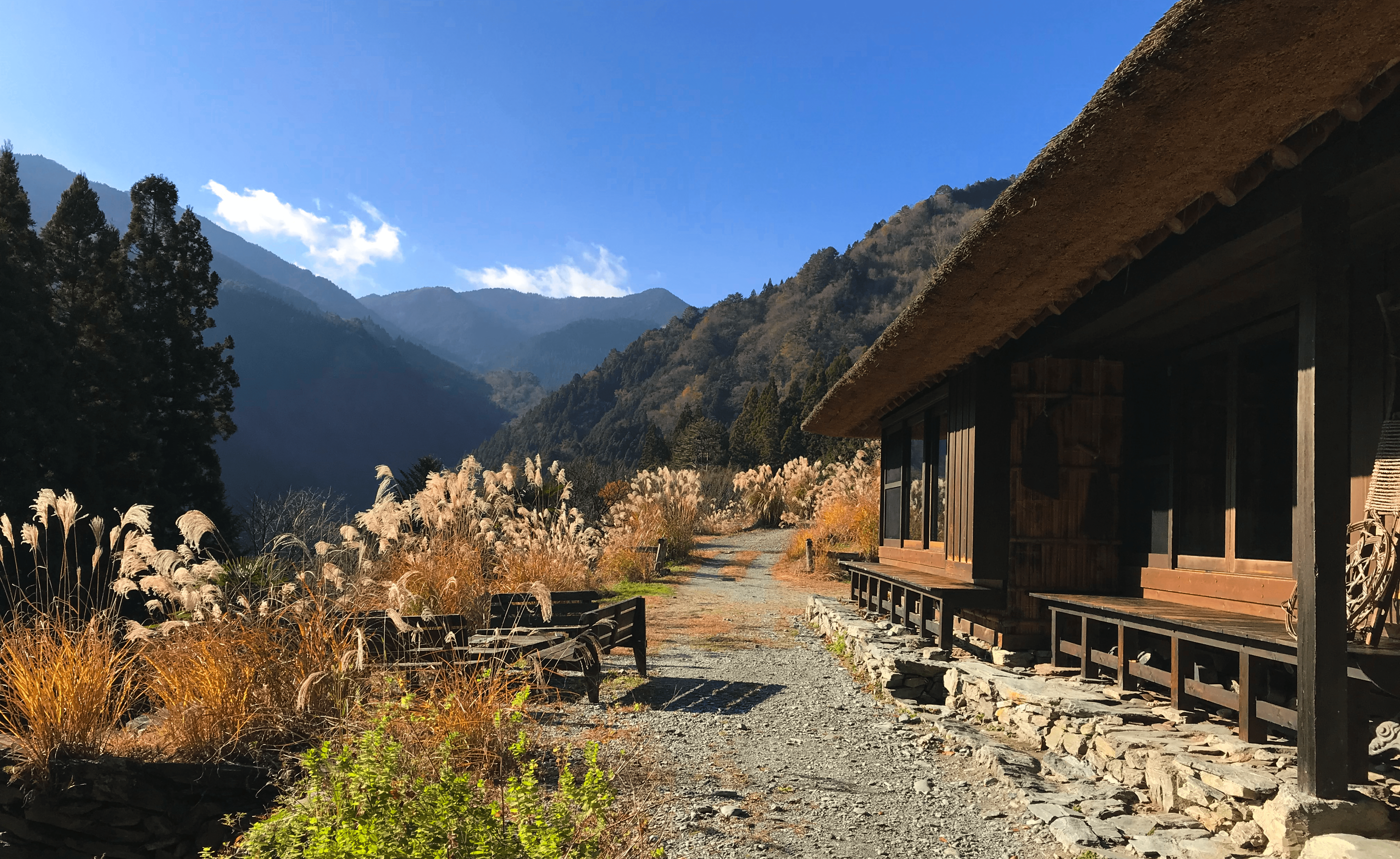
That said, the official tourism discourse has begun to change. Through Internet influencers and advertising campaigns, the JNTO have used their financial might to spread the gospel on further flung destinations, from the tropical islands of Kyushu to Tohoku in the deep north.
“We believe in the importance of sending people into the countryside,” says Tadashi Kaneko, who just vacated his post as Executive VP of the JNTO, noting the organization’s partnerships with airlines, travel agencies and overseas offices to promote this message beyond Japan.
But encouraging the movement of people in a certain direction and effecting change are not one and the same.
“Japan needs a much more distinctive policy,” says Sharpley. “In terms of realistic numbers [Japan was aiming for 40 million inbound tourists in 2020; 60 million by 2030], but also policies to manage the issues that those numbers are bringing in.”
Kerr too reckons the problem lies in management. In 2019 he published a book (in Japanese only), called Kanko Bokoku, or “Destroying the Nation Through Tourism,” where he outlined the need for, and methods of, more efficient tourism management.
“People ask me, ‘What country did it right?’ And the answer is always nobody,” Kerr says. But there are blueprints to follow. Kerr points to the Galleria Borghese in Rome, whose reservation system utilizes time slots and a maximum number of entrants, much like we have seen employed in Tokyo during the pandemic. He also praises the experimental concept of Albergo Diffuso, where dying villages in Italy are renovated into “diffused hotels” with the amenities scattered throughout.
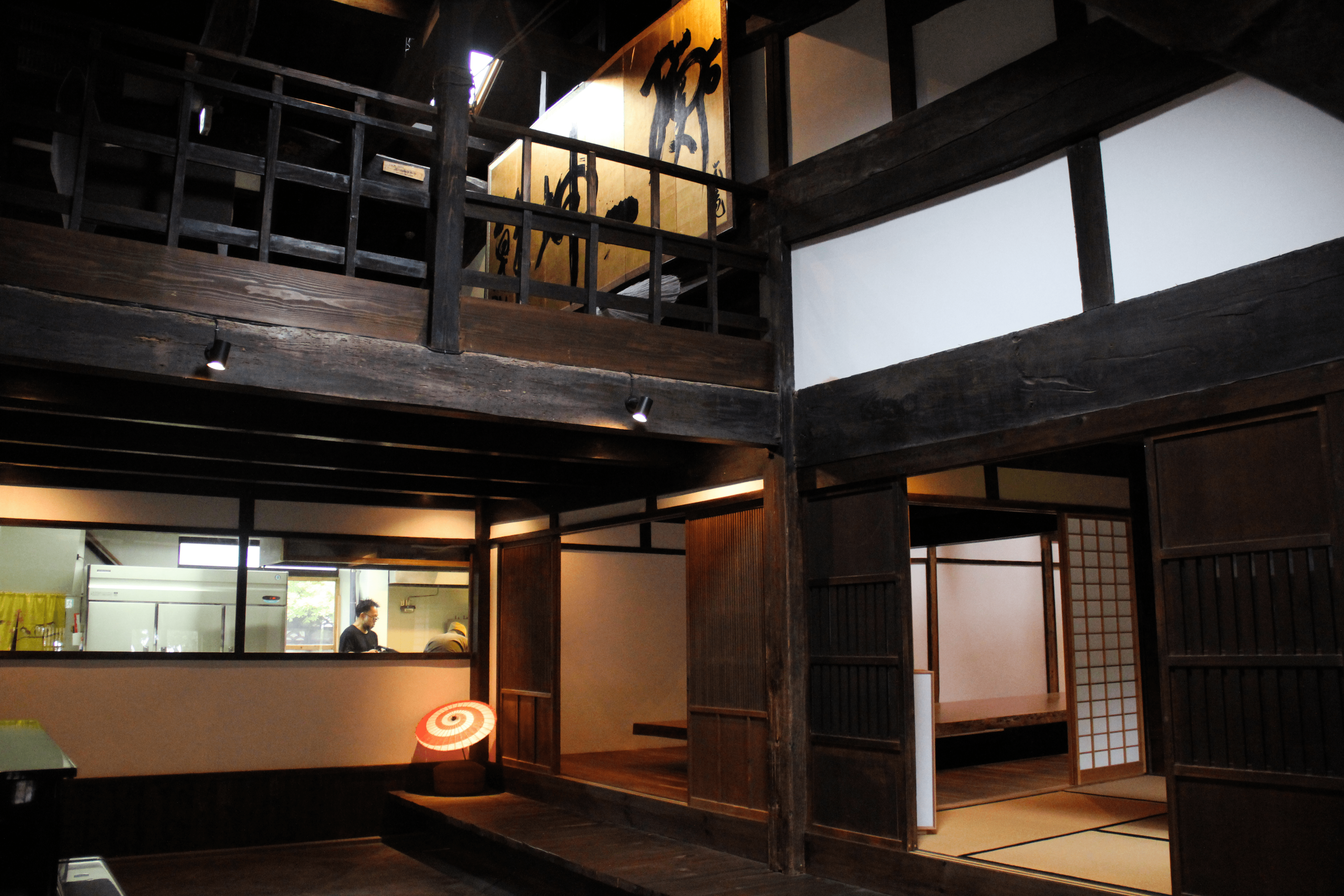
Elsewhere, there are villages in China with entry tolls, and temples in Myanmar that charge people to take photos. Bhutan’s nationwide “High Value, Low Impact” policy is yet more robust, aimed at attracting discerning tourists and minimizing environmental disruption. Japan can and should borrow from these models. But the responsibility also falls on the traveler.
Current trends predict in a post-Covid and more environmentally burdened world, tourists will travel deeper and for longer, while jet-setting on a whim has become a fanciful notion.
As for how we can shift our perspectives on travel to align with this new paradigm, Quentin Tarantino’s Pulp Fiction offers a solution. When Vincent Vega returns from Amsterdam, he tells Jules of his fondness for Europe, “It’s the little differences.” Or as Alex Kerr might call this, it’s “the appeal of nothing special.”
Well-traveled tourists across the world, especially repeat visitors, tend to eschew bucket lists and “must-see” sites. The joy of a destination starts to come from walking the streets without purpose, discovering its cultural idiosyncrasies and soaking up the air. But for this to happen, the air needs to be worth soaking up.
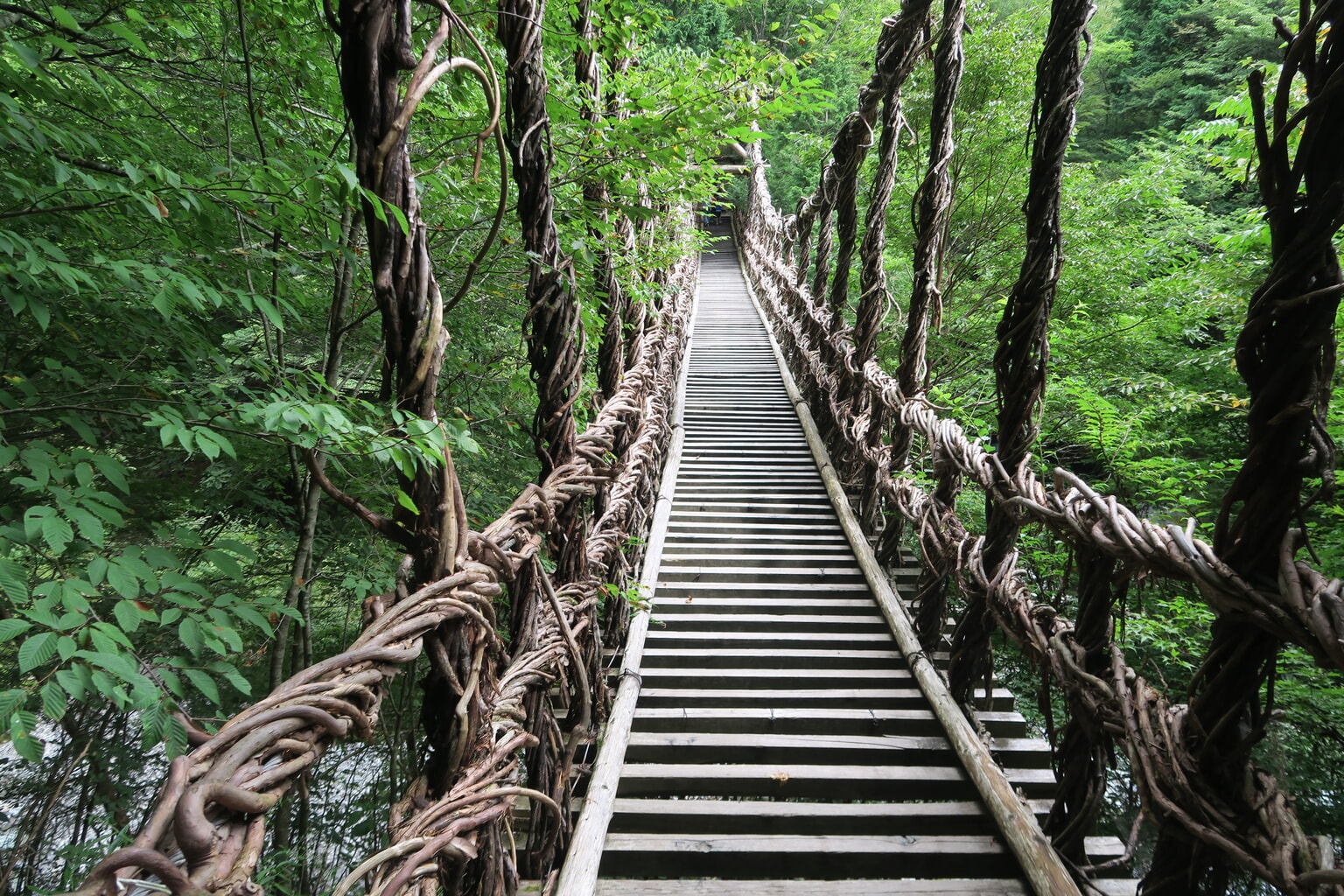
While Kerr acknowledges Japan’s efforts to maintain its cultural properties, he laments the lack of protection given to the surrounding environments and cityscapes. Those are the quintessential elements that cultivate a holistic travel experience; that make a place worth revisiting. “These places still exist [in Japan], and if you look hard enough you can find them,” he says. “My hope is that more will be protected.”
A tourism policy isn’t created in a vacuum. It needs to work in coordination with city planning initiatives, architectural restoration and environmental policies. Record tourism numbers may please the bureaucrats and business owners, but for all of Japan and those who travel here to be rewarded equitably, a new model is necessary.
The government has reiterated its desire to bring 60 million annual tourists into the country by 2030. But the protracted pandemic has offered a chance to re-evaluate, as could a new administration following the October general election. There’s no indication of when inbound tourists will return, but when they inevitably do, we’ll see what Japan has learned.
This article was published in the Sep-Oct 2021 issue of Tokyo Weekender. To flip through the issue, click the image below.

